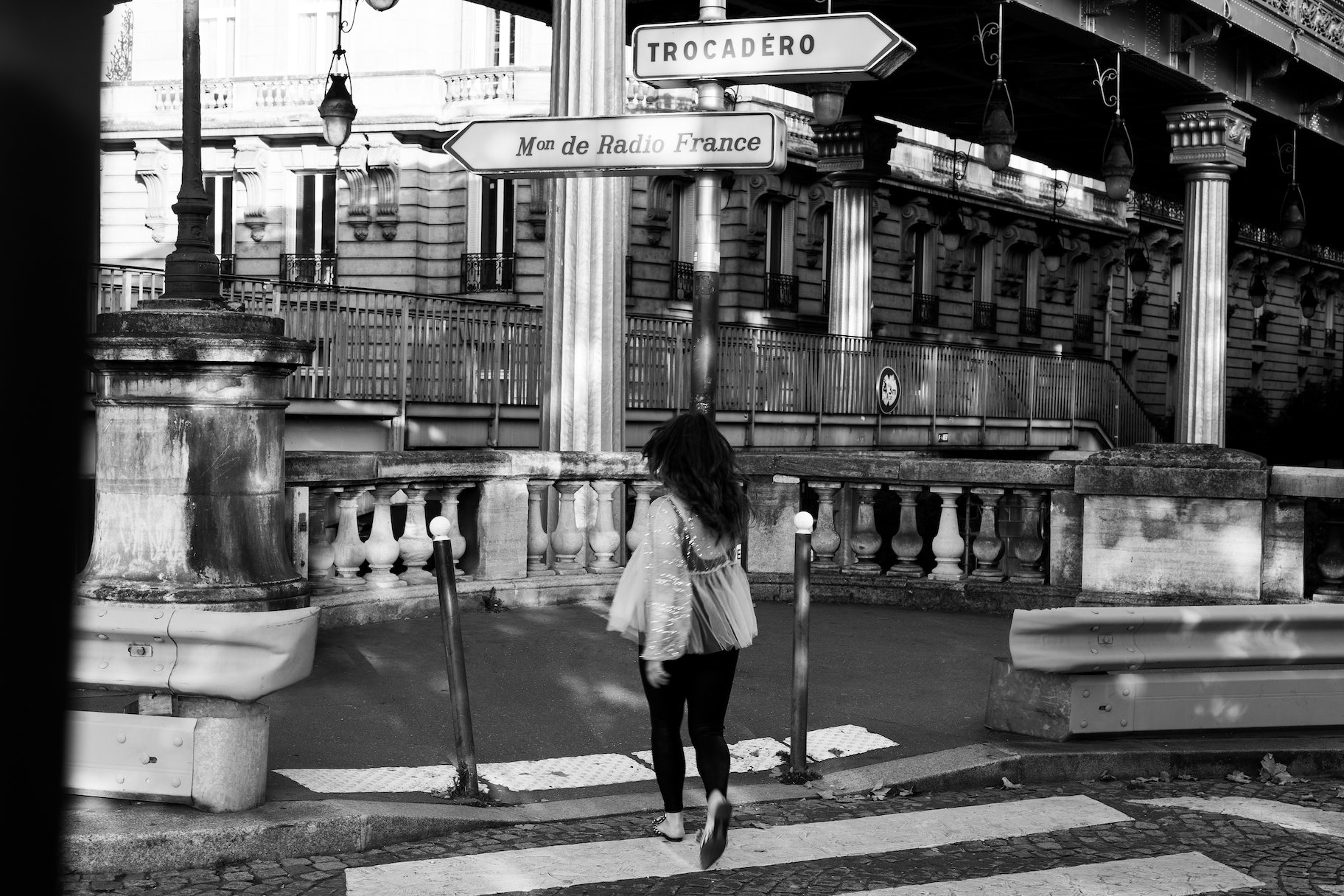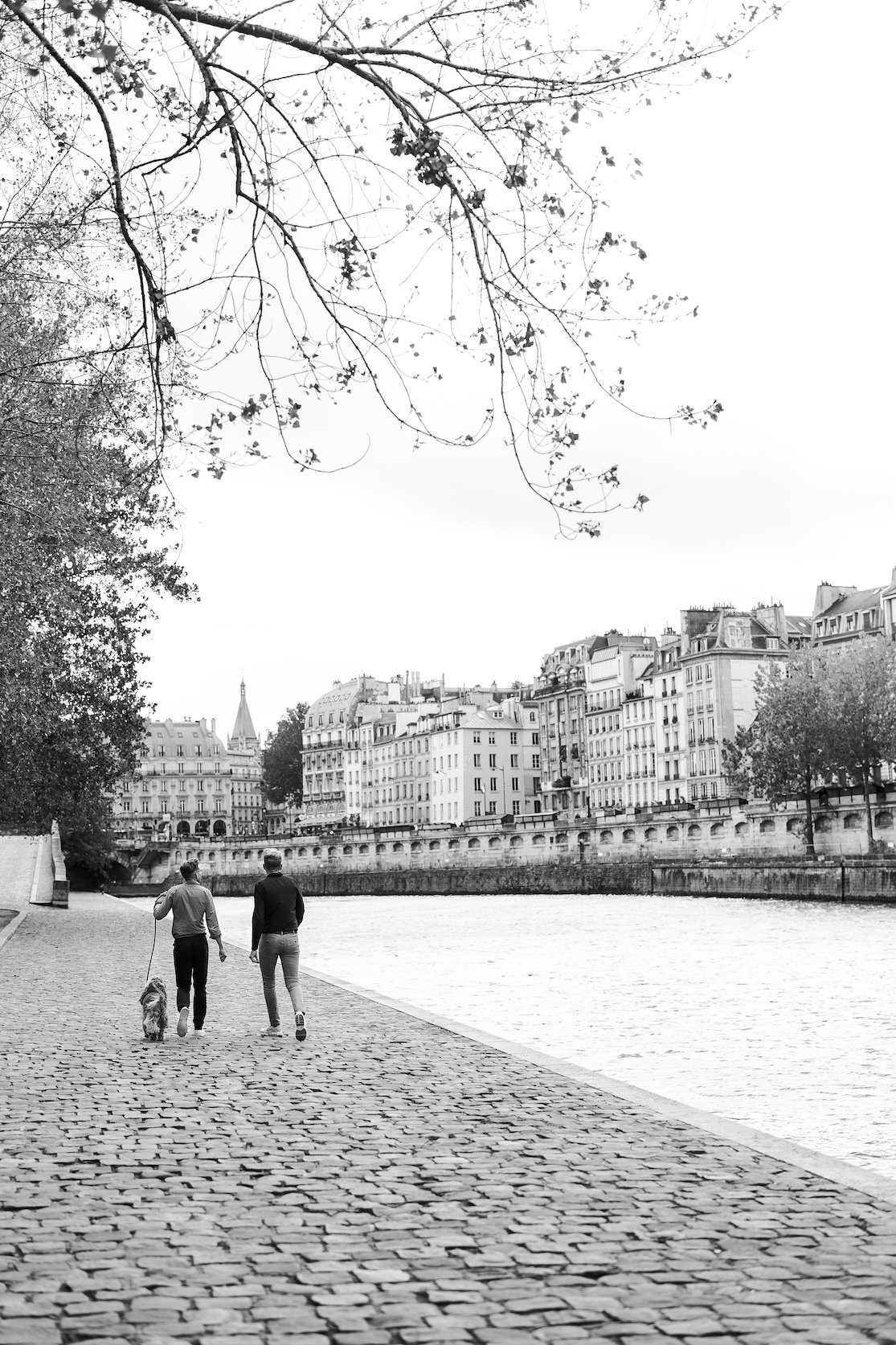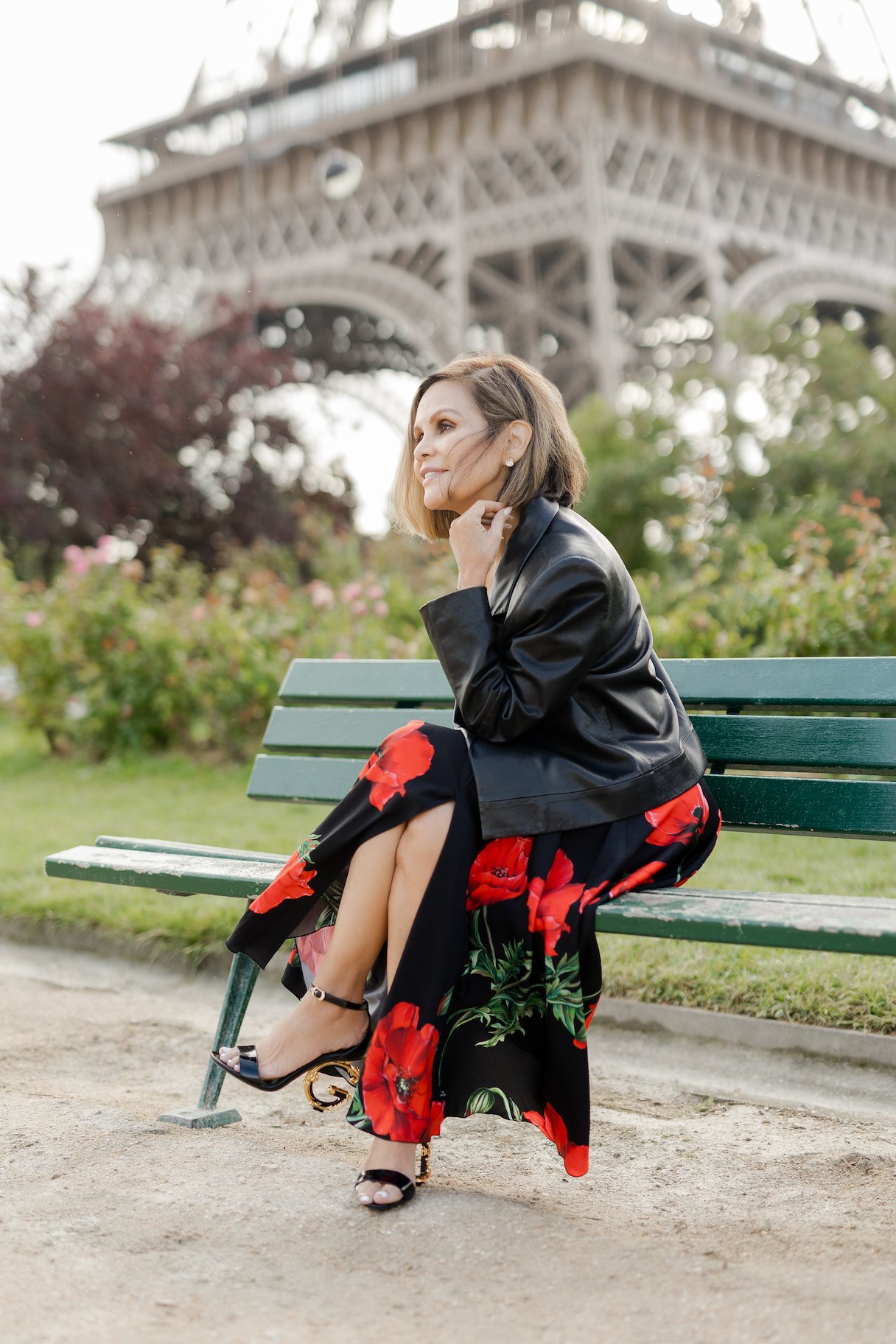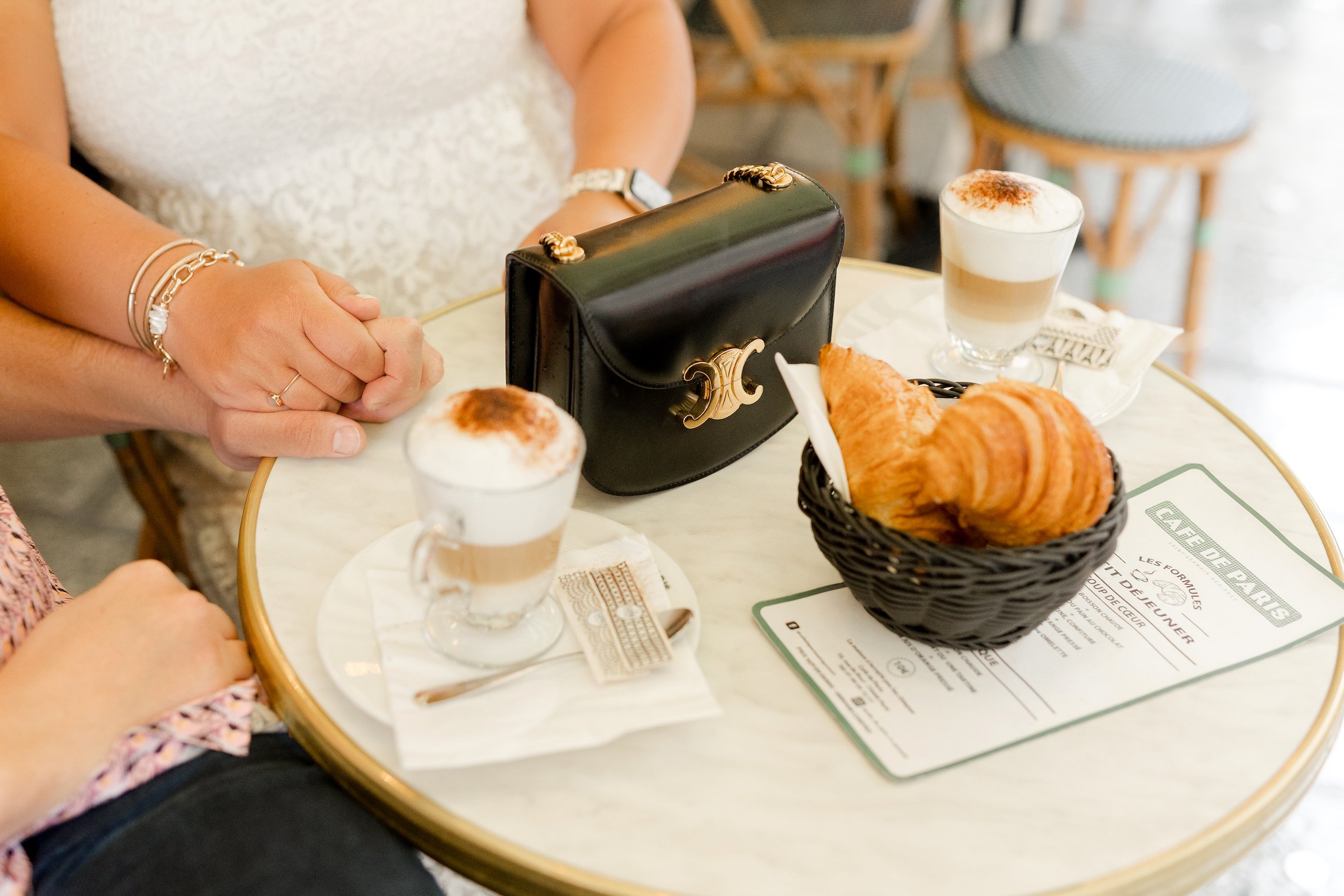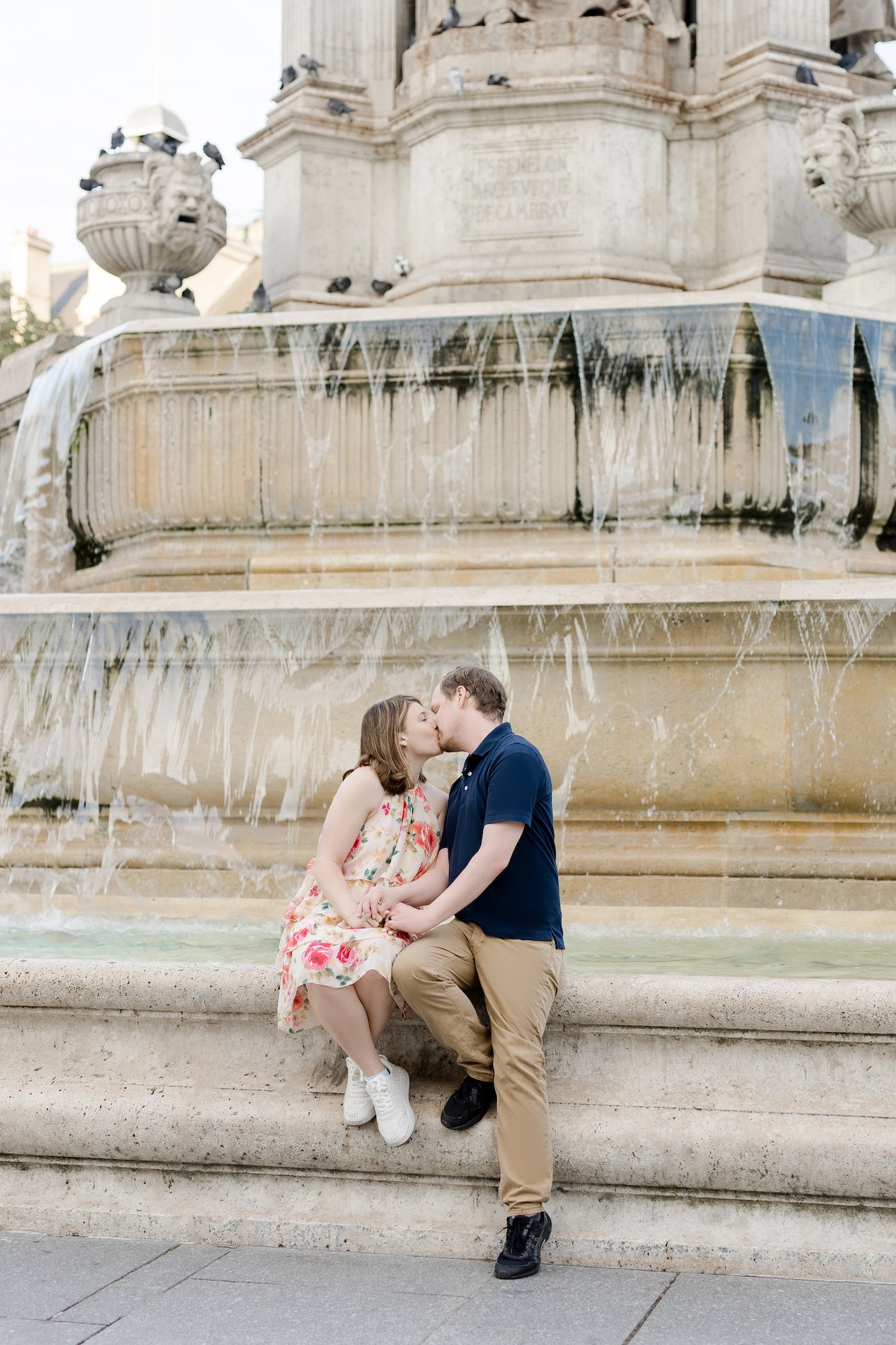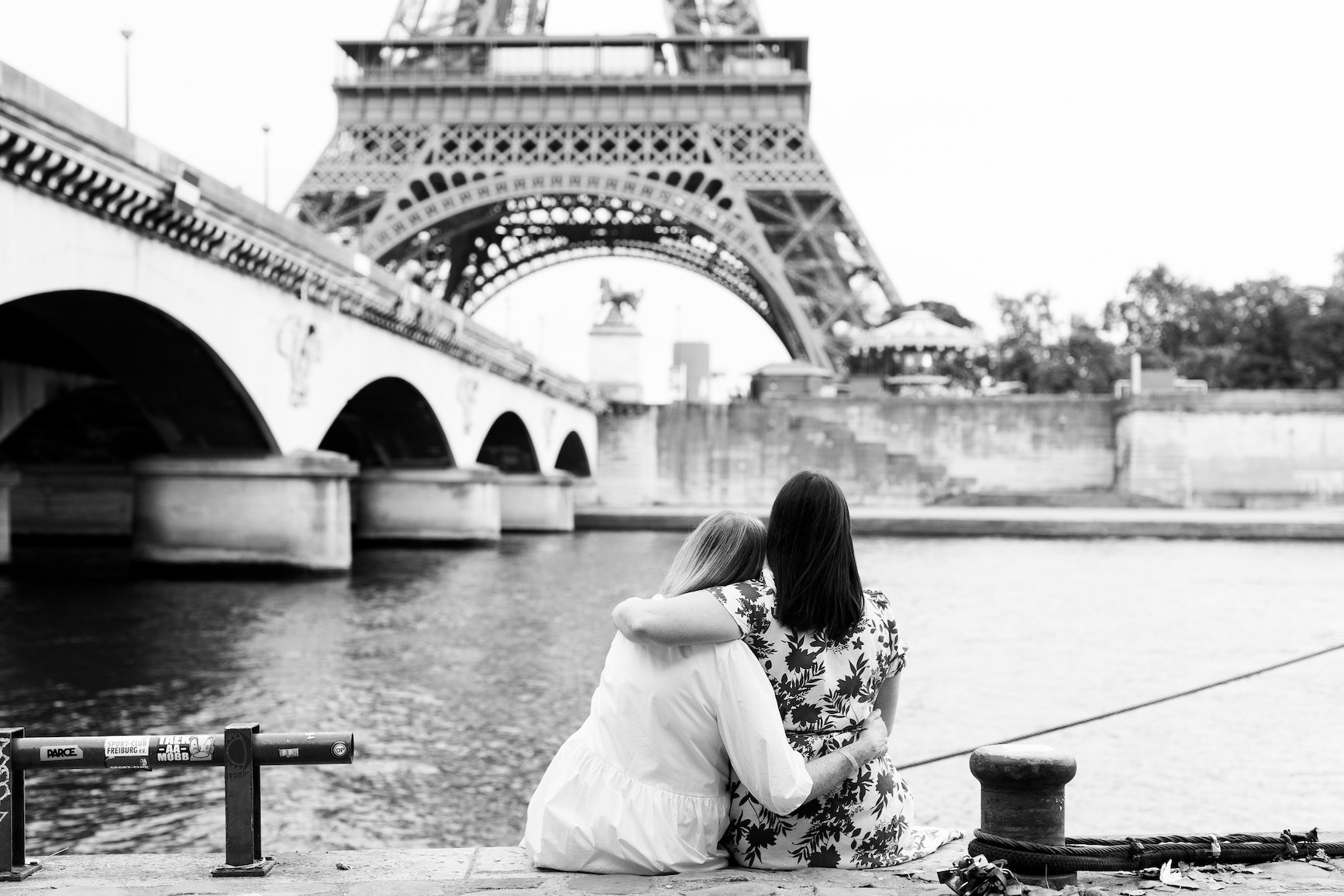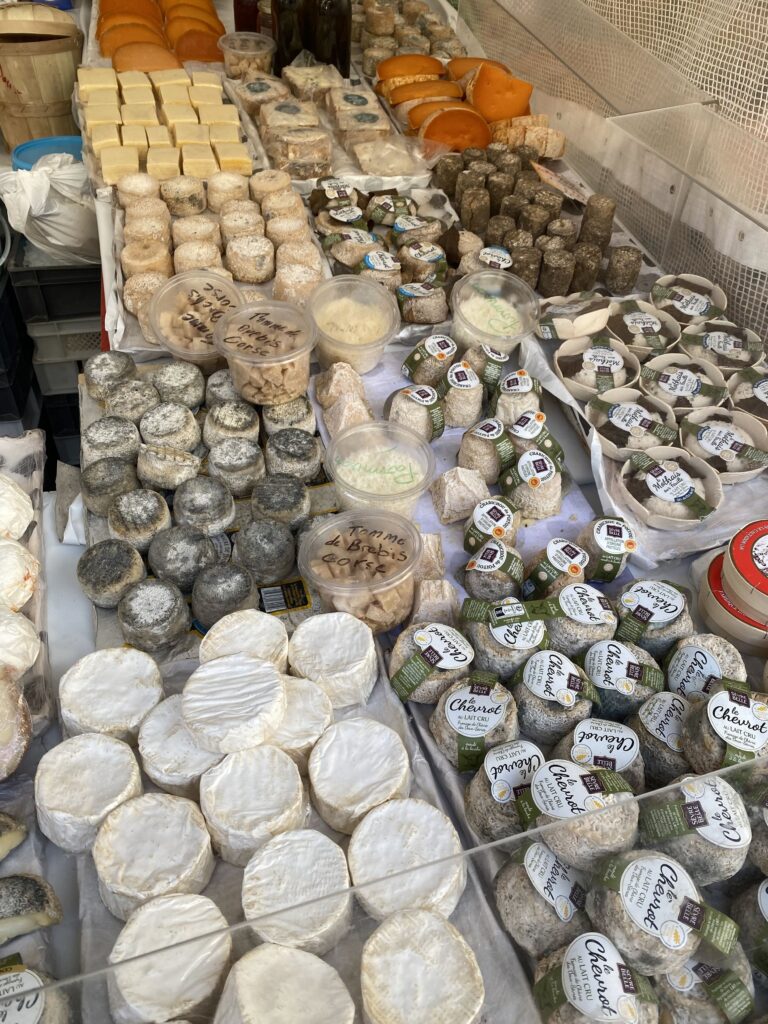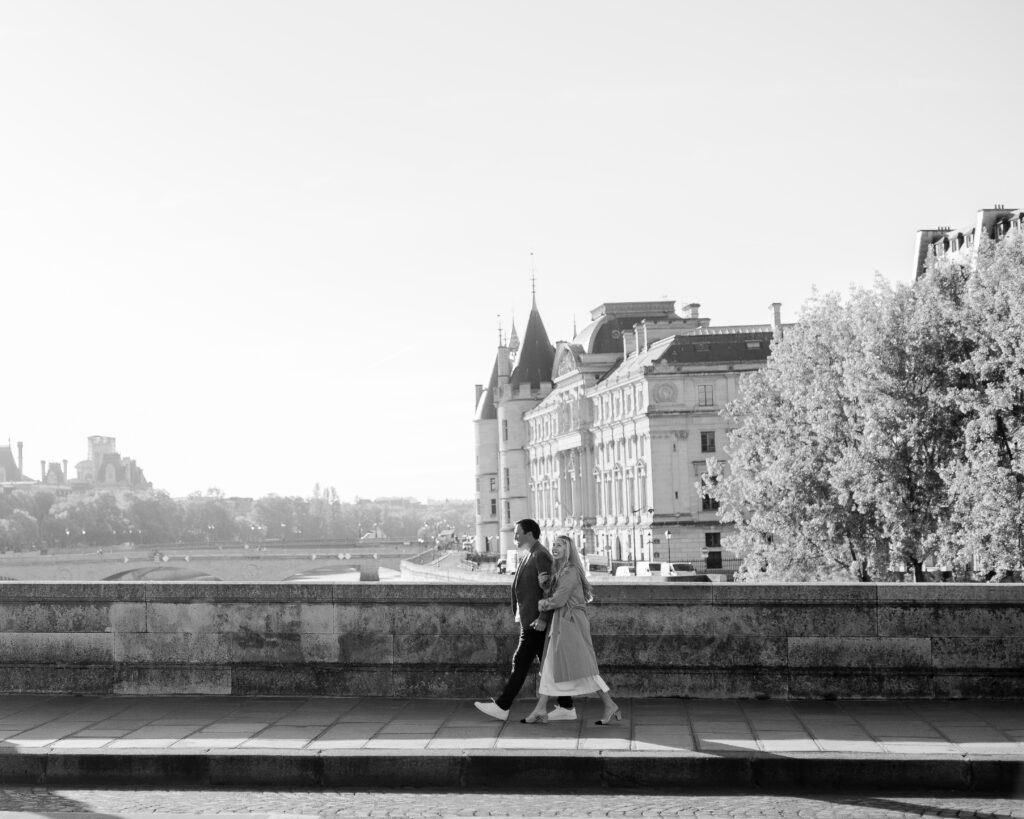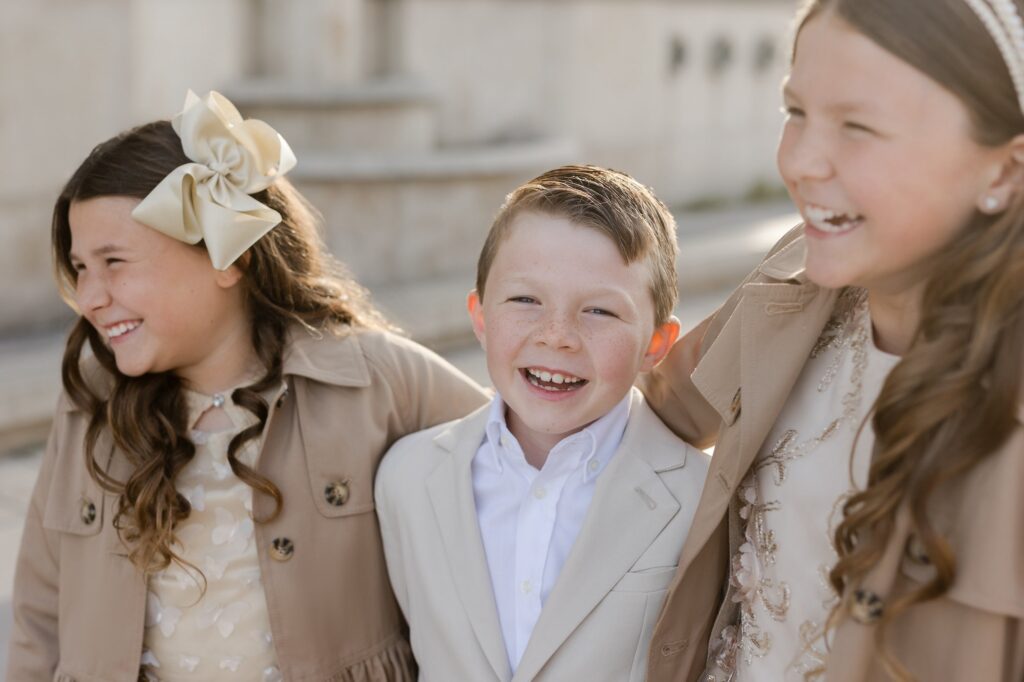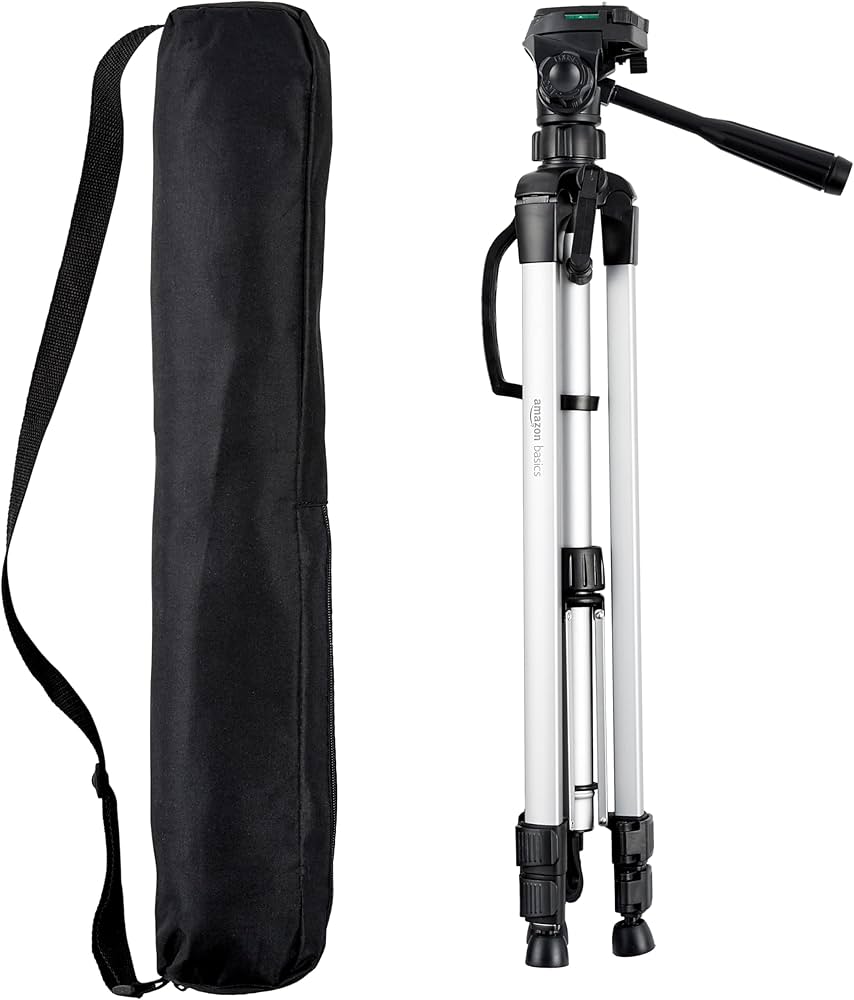Wondering what neighbourhoods to visit or stay in while you’re in Paris?
What is the best neighbourhood Arrondissement in Paris?
It’s impossible to say what the best arrondissements are in Paris are because all of them have such unique and individual personalities, let’s talk about each one and see what you most connect with.
What does Arrondissement Mean?
Paris is broken up into 20 arrondissements, which means neighbourhood, each with their own little quirks and gems. The Paris arrondissements are numbered from 1-20 and start from the center of Paris at the Louvre being number 1, and then go out like a snail shell up to 20. The first 6 are the oldest arrondissements and then they get newer and newer. Paris is shaped as an oval with the center as the Louvre, the river seine running through it, and is surrounded by a ring road or “périphérique”.
When you look at a map, the placement of the arrondissements might appear random. Why is the 18th right next to the 9th? And why is the 3rd beside the 10th and the 11th???
In typical French fashion, the arrondissements are actually organized in the shape of an “escargot.” You heard me right; that’s “escargot” just like the famous French food– snails. The arrondissements are arranged in a swirling shape starting with 1 in the center and spinning outwards, imitating the swirl of a snail shell. Once you get past the initial confusion, it’s actually pretty charming. If you understand the general pattern of the arrondissements, when you’re wandering the city you can never get too lost; just look at any street sign and it will say the arrondissement number that you’re in just above the street name.
Here’s a visual:
On top of being divided up by arrondissements, Paris is also divided by the Seine River. The portion of the city located north of the river is known as Rive Droite (the right bank) and the portion located south of the river is known as Rive Gauche (the left bank). Besides the arrondissements having their own unique personalities, the two banks are also considered to have their own personas, with the left bank being home to old school romantic Paris and the right bank being more industrious while also hosting many of the still gentrifying young neighborhoods.
Now that you know what exactly an arrondissement is and how to locate yourself within them, it’s time to get to know each of them!
Here’s our guide to all of the arrondissements of Paris:
The 1st Arrondissement (right bank)
The 1st arrondissement is a wonderful quarter for sightseeing. The famous Musée du Louvre (Louvre Museum), which is located inside of what was 400 years ago the French royal palace, is just one of many museums located in this arrondissement. The Louvre leads into the Jardin des Tuileries (Tuilerie Gardens), a beautiful public garden which stretches the length of the arrondissement. Just north of the Louvre you’ll find the Palais-Royale, a second 17th century palace featuring a very popular permanent art installation and public garden. In the 1st you’ll also find Chatelet Les-Halle, one of Paris’ largest transport and shopping hubs. This arrondissement is one of the least residentially populated in Paris, but you’ll rarely find it not bustling.
The 2nd Arrondissement (right bank)
The 2nd arrondissement is located just north of the 1st and is lined with a number of boutique streets as well as Paris’ financial and business district, named Bourse (which translates literally to ‘stock exchange’). The famous Rue Montorgueil can be found in this quarter as well, a busy and charming street filled with specialty food shops, boutiques, and cafe restaurants. Visit the Galerie Vivienne which was built in 1823 or the Passage des Panoramas built in 1799 to see some of Paris’ historic arcades, written about by Walter Benjamin as the perfect place for people watching. In this arrondissement you’ll also find the oldest patisserie in Paris, Stohrer, which was founded in 1730 by Louis the XV’s pastry chef. The patisserie is also located on the smallest street in Paris, Rue des Degrés, which is only 5.75 meters long!
The 3rd Arrondissement (right bank)
The 3rd arrondissement is home to a large part of Le Marais, a district of Paris know for its charming winding streets filled with boutiques. The Arts & Metiers district can also be found in the 3rd, (translated to ‘Arts and Craft’ or ‘Workshop’ district). This is the district where Parisian craftsmen and jewelers come for supplies and where many jewelry workshops are located. (You won’t see them polishing diamonds and silver through the windows though, the high end jewelry workshops are located on the top floors of the buildings for security purposes.) Go down into the Arts & Metiers metro station to be immersed in an edgy steampunk design, since this is also the quarter dedicated to technological innovation. At the Musée des Arts & Metiers you can learn all about and see original scientific instruments and inventions from throughout history. If you’d like to get better acquainted specifically with the history of Paris, visit Musee du Carnavalet in the 3rd, a newly renovated museum dedicated to the history of France and of Paris in particular.
The 4th Arrondissement (right bank + Ile de la cité, Ile Saint Louis)
The 4th arrondissement is located just east of the 1st arrondissement. One of Paris’ main shopping streets, Rue de Rivoli, cuts through the two arrondissements. Just off of Rue de Rivoli, bordering the Seine river in the 4th you’ll find Hôtel de Ville, Paris’ majestic city hall. Cross over the river to access Île de la Cité where Notre Dame Cathédrale is located or Île Saint-Louis, the quiet residential island next door where you’ll find Paris’ most famous luxury ice cream shop, Berthillon. The 4th is also home to the majority of Le Marais district, Paris’ most popular and most densely populated district. The Marais district is the LGBTQ center of the city and also holds the Jewish quarter. In the center of Le Marais you have the Centre Pompidou, a popular and innovative modern art museum (also holding a cinema, restaurant and library!). In the eastern corner of the 4th arrondissement you’ll find Place des Vosges, a serene public park in a beautiful pink Parisian square lined with colorful restaurants, bars, and galleries.
The 5th Arrondissement (left bank)
The 5th arrondissement is known as the Latin Quarter because it’s where many of Paris’ oldest Universities are located and in the Middle Ages the university students would converse with each other solely in Latin. The Latin Quarter continues to be a student hub today and is equally filled with bookstores and nightlife. The 5th arrondissement is marked by the Pantheon building which rests at the top of the highest hill in this hilly arrondissement. Cobbled winding streets file out from the Pantheon, lined with bars and restaurants. One of Paris’ oldest and liveliest neighborhoods, the famous Rue Mouffetard, is located in the 5th as well. While you’re in the 5th, don’t forget to visit the Grande Mosque de Paris which has a beautiful summer garden (but be mindful of the dress code in order to visit). The Grand Mosque also has a tea garden with no dress code that is one of the most serene spots in Paris. Bring coins to purchase the 2€ tea and baklava with and a good book for the perfect afternoon pause. The Grand Mosque is also located right next to the Jardin des Plantes where you’ll find Paris’ botanical gardens and the Museum of Natural History.
The 6th Arrondissement (left bank)
The 6th arrondissement is where you’ll find classic old Paris. Take a walk through the Jardin du Luxembourg (Luxembourg Gardens, pictured below), a national garden that’s houses the French Senate and is perfectly pruned with flowers to match every season. The Saint Germain des Près neighborhood is studded with Galleries and boutiques as well as some famous historic cafes. Café de Fleur, one of the oldest cafes in Paris, is a historical hub of French philosophy and sits right across the street from Cafe Les Deux Magots, a favorite spot of Hemingway. Stroll over to La Grande Epicerie to be wowed by four floors and over 2,900 square meters entirely dedicated to gourmet food products. Right next door to the Grande Epicerie you can stop by Le Bon Marché to get all of your luxury shopping done. The 6th arrondissement is also where you’ll find our photography studio!
The 7th Arrondissement (left bank)
The 7th arrondissement is without a doubt most famous for being home to the one and only Eiffel Tower. Did you know that just below the Eiffel Tower though, there are expansive gardens called the Champs de Mars that are perfect for picnicking? And the 7th arrondissement has so much to offer beyond this too! Visit the Musee d’Orsay for an afternoon, Paris’ second most popular museum. This art museum is built inside of an abandoned train station that first opened in 1900. It’s known for its massive clock faces that can be seen from the inside with a spectacular view of the city from the top floors. You can even have lunch behind one of the clock faces at the museum’s cafe! While you’re in the area, also stop by Musée des Invalides to learn about the French Revolution and military and to see Napoleon’s tomb (to say it’s impressive is an understatement). Don’t forget to take a walk across Pont Alexandre III, the luscious Art Nouveau bridge located just in front of the museum and leading into the 8th arrondissement.
The 8th Arrondissement (right bank)
The 8th arrondissement is one of Paris’ most high end arrondissements. It’s where you’ll find the Champs Elysées, arguably the most famous shopping street in the world, as well as Rue du Faubourg Saint Honoré Paris’ other luxury shopping street. In the neighborhood and on these two streets in particular you can find leading stores for every luxury brand, from Louis Vuitton to Hermès to Chanel to Dior and beyond. For a dose of culture visit the Grand Palais and the Petit Palais, two art museums located just off the Champs Elysées. Or finish your stroll up the Champs Elysées by visiting the top of the Arc de Triomphe for an outstanding view of Paris. At the opposite end of the Champs Elysées you can see Place de la Concorde evident from its grand Obelisk at the center of the square, marking the edge of the 8th arrondissement.
The 9th Arrondissement (right bank)
The 9th arrondissement is most famous for hosting Paris’ old Red Light District, Pigalle. Locally however, Pigalle is recognised for its vibrant and musical nightlife more than just its gimmicky sex shops lining the northernmost boulevard. During the day, lower Pigalle is covered with charming coffee shops and stores. Walk down Rue des Martyrs, the neighborhood’s most famous street, and you’ll find endless delights from specialty food shops to artisan boutiques to cozy cafes. Below Pigalle in the 9th you’ll find Paris’ main shopping district, Grands Boulevards. Paris’ famous department stores Galeries Lafayette and Printemps are both located here. Galerie Lafayette in particular is worth a visit even if you aren’t a heavy shopper. The building boasts an unbelievable stained glass dome ceiling that will have you craning your neck with your jaw dropped. If you want to be blown away a second time while in the 9th, visit l’Opéra Garnier, Paris’ national theater. The building is impressive enough from the outside, but step inside and you’ll feel as if you’ve been dipped in gold. It will truly take your breath away.
The 10th Arrondissement (right bank)
The 10th arrondissement is perhaps best known for the Canal Saint-Martin. That’s right, Paris has canals! The canal is beautiful to walk along in every season and a great area for exploring since it’s lined with so many small shops, galleries, and cafes. It’s a less touristic area that still boasts tons to do. One of our favorite spots on the canal is Le Comptoir General, a hidden rustic coffee shop and bar with a great ambience (and dancing on Saturdays!). The 10th arrondissement is also where Gare du Nord and Gare de l’Est are located, two of Paris’ main train stations.
The 11th Arrondissement (right bank)
The 11th arrondissement is known for the neighborhoods of Oberkampf and Popincourt, which are painted with street art and filled with small galleries. Galerie Arts Factory is a wonderful little gallery/art bookshop to visit in this area. The quarter also has plenty of nightlife. Rue Oberkampf is lined with unique bars and is the perfect street for a cocktail-crawl. While you’re in Paris you also can’t miss the Atelier des Lumières, which is one of Paris’ hottest immersive modern art exhibits right now. The Atelier des Lumières has a constant rotation of new exhibitions that are projected onto the walls of a warehouse and accompanied by music offering a truly one of a kind experience and a new way to connect with the art you find in more traditional museums.
The 12th Arrondissement (right bank)
The 12th arrondissement truly has a variety of character within it. In the western portion of the arrondissement is the Bastille neighborhood where you can find open air markets and a buzzing nightlife on Rue de Lappe. Gare de Lyon, one of Paris’ main transport hubs is also located in the 12th and inside Gare de Lyon you have Le Train Bleu, a unique michelin restaurant. Stop by the bar for a cocktail hour or enjoy a michelin meal here and be transported back in time under the gilded ceilings to the Belle-Époque. Right near Gare de Lyon you can find Rue Cremieux, a residential street popular for its rainbow buildings and instagramability. Finally, the 12th arrondissement also hosts the Cinematheque Francaise, a combination museum, movie theater, library and archival collection all dedicated to the history of cinema. Scholars travel from all over the world to access the archival collection at the cinematheque. The cinematheque’s museum features pieces of early cinema including cameras used by the Lamière brothers and set pieces from the films of Georges Méliès! The cinematheque is always holding new events celebrating old filmmakers and new ones alike. It’s a can’t miss spot for any film-buff.
The 13th Arrondissement (left bank)
The 13th arrondissement is best known for being home to the Quartier Asiatique (Asian Quarter) in Paris. This quarter is where you will find the best and most authentic Asian food and Vietnamese food in particular. Since France colonized Vietnam, Paris has a large Vietnamese community. There’s an ongoing debate over where you will find the best Pho in Paris, but there’s no doubt it’s in this arrondissement (our personal favorite is Pho Bida). Another great stop in the 13th arrondissement is La Felicita. La Felicita is an abandoned train station that has been transformed into an Italian food market. Here you can find multiple pasta stations, pizza stations, dessert stations, and bars all serving authentic Italian food. The space is lively with a great ambience.
The 14th Arrondissement (left bank)
The 14th arrondissement is best known for its Montparnasse neighborhood. Montparnasse is an area studded with bars making it great for going out. It’s also where Ernest Hemingway lived! The 14th arrondissement is also where you’ll find the entrance to the Paris Catacombs. The Catacombs are an extensive tunnel system that stretches throughout the city and have been used as ossuaries for victims of the guillotine during the French revolution as well as the bodies from extinct cemeteries that overflowed. There are hidden entrances throughout the city, however only a small portion of the catacombs are (legally) open to the public, and the entrance is in the 14th. If you’re looking for a slightly creepy and unique cultural activity this is the one.
The 15th Arrondissement (left bank)
The 15th arrondissement is mostly residential, but it does contain a portion of the Montparnasse neighborhood, including Tour Montparnasse (Montparnasse Tower). This is a great area if you want more parks, and more life being lived than historic things. It’s very family oriented. Montparnasse Tower is not known for being a beautiful landmark, (actually the Parisians hate it). It does however offer one of the best views of the city. The French often say that “the best view of Paris is from the top of Tour Montparnasse because from the top of Tour Montparnasse, you cannot see Tour Montparnasse.” A short walk from the base of the tower in the 15th is Gare Montparnasse, another major train station and transport hub in Paris. The northern edge of the 15th borders the Seine River and offer access to the Pont de Bir Hakeim. You might recognize this bridge as the one featured in Inception. Beyond being an action movie set though, it also happens to be one of the best spots to view the Eiffel Tower.
The 16th Arrondissement (right bank)
Much of the 16th arrondissement, like the 15th, is also residential, but the 16th arrondissement is massive so there’s still lots to see. In fact one of Paris’ most popular tourist stops (and one of our most popular photography locations), Place du Trocadéro, is in the 16th. Just next to the Place du Trocadéro sits the Palais de Tokyo, one of Paris’ premiere modern art museums. The western edge of the 16th leads into Paris’ largest park, the Bois de Boulogne, where you can walk for hours through gardens and rent boats on the lake. Inside the Bois de Boulogne there is also the Fondation Louis Vuitton, a contemporary art museum featuring private collections.
The 17th Arrondissement (right bank)
The 17th arrondissement is much less touristic than other arrondissements but still near to many popular areas. The Batignolles neighborhood in the 17th in particular is a great place to visit if you are looking for a quiet neighborhood that makes you really feel like you are living in Paris. Batignolles is a charming Parisian neighborhood filled with open air markets, quiet public squares and the small but beautiful Parc des Batignolles. On the edge of Batignolles neighborhood, placed just where the 17th leads into the 8th, you also have Parc Monceau, a luscious park famous for being studded with 18th century statues and sculptures mimicking the ancient world.
The 18th Arrondissement (right bank)
The 18th arrondissement was historically a bohemian artists enclave and its streets truly capture a classic dream-like Paris. If you’ve watched the movie Midnight in Paris, much of it takes place in Montmartre. Montmartre sits on a hill overlooking the city and at the summit of the hill, the highest point of the city, is the Sacré-Coeur Basilica. The Sacré-Coeur has a fascinating and bloody history that’s worth looking into. The basilica itself is gorgeous and absolutely worth visiting for the views alone. It’s surrounded by dreamy streets filled with painters and cafes. Behind the Sacré-Coeur, visit Hôtel Particulier Montmartre a bar and hotel located in a classic 19th century Parisian mansion. Here you can be swept up in the romance of the neighborhood while enjoying an upscale dinner or one of their luxurious and unique cocktails. The lower part of Montmartre rests just opposite the 9th arrondissement and meets with Pigalle. At this meeting point you’ll find one of the world’s first Cabaret Clubs, The Moulin Rouge, which has been putting on cabaret shows since 1889. Just down the street from the Moulin Rouge is Le Chat Noir. Le Chat Noir is now a regular and unassuming bar, but it was actually the site of the world’s first cabaret in 1881. It’s also known to have been another favorite writing and drinking spot of Ernest Hemingway. In the north of the 18th you can visit Les Puces de Saint Ouen, said to be the largest antique and flea market in the world. You’re bound to find endless unique treasures in the sprawling avenues and alleyways of this market.
The 19th Arrondissement (right bank)
The 19th arrondissement is a lively and industrious neighborhood most known for its leafy spaces and beautiful parks. Parc des Buttes Chaumont is a local favorite. This vast park features a gorgeous man-made mountain in the center surrounded by a lake and topped with a gazebo. Unlike most Parisian parks which are heavily pruned and strictly ordered, in Parc des Buttes Chaumont nature is allowed to grow freely. Winding paths following the feel of the land offer breathtaking views. There’s even a hidden waterfall! In this park, you can feel the city itself simply stop and take a breath. Near to Parc des Buttes Chaumont is the northern piece of Canal Saint Martin, called Canal de l’Ourcq. Stop by Les Pavillons des Canaux, a little coffeehouse on the canal set up in a classic old french house. You can have your lunch in the kitchen, the living room, or even in the bathtub! Canal de l’Ourcq continues north into Canal de La Villette which flows through Parc de La Villette. In Parc de La Villette you can visit the Museum of Science and Industry, the Paris Philharmonic and countless other ever-changing exhibitions and events.
The 20th Arrondissement (right bank)
The 20th arrondissement is primarily residential, however it is home to Paris’ most famous Cemetery, Cimitière Père Lachaise. Père Lachaise Cemetery is the resting place of numerous inspiring figures including the French singer Edith Piaf, Anglo-Irish writer Oscar Wilde, and even the American legend Jim Morrison who lived in Paris for part of his life. In the north of the 20th arrondissement, bleeding into the 19th, is the Belleville neighborhood. Belleville is known for being a young, artistic neighborhood filled with street art and contemporary galleries. Part of Belleville hosts the Chinese Quarter where you can find great authentic Chinese food in generous portions for unbeatable prices. Belleville also hosts a monthly street food market! While you’re in the neighborhood stop by Parc de Belleville for a bit of greenery and a lovely view of the Eiffel Tower.
Now you know a bit more about the arrondissements and maybe have a better idea of where you’d like to visit while you’re in Paris. Still debating where you’d like to get pictures?
These are our most popular spots for photo shoots:
Pont Neuf (1st arrondissement)
Musée du Louvre (1st arrondissement)
Palais Royale (1st arrondissement)
Saint Germain des Prés (6th arrondissement)
Jardin du Luxembourg (6th arrondissement)
Pont Alexandre III (8th arrondissement)
Pont de Bir Hakeim (15th arrondissement)
Place du Trocadéro (16th arrondissement)
Montmartre (18th arrondissement)
Anywhere else in Paris that’s meaningful to you 🙂
If you want a truly memorable experience that will immortalise your time in Paris, book your Paris photoshoot with us today HERE !

